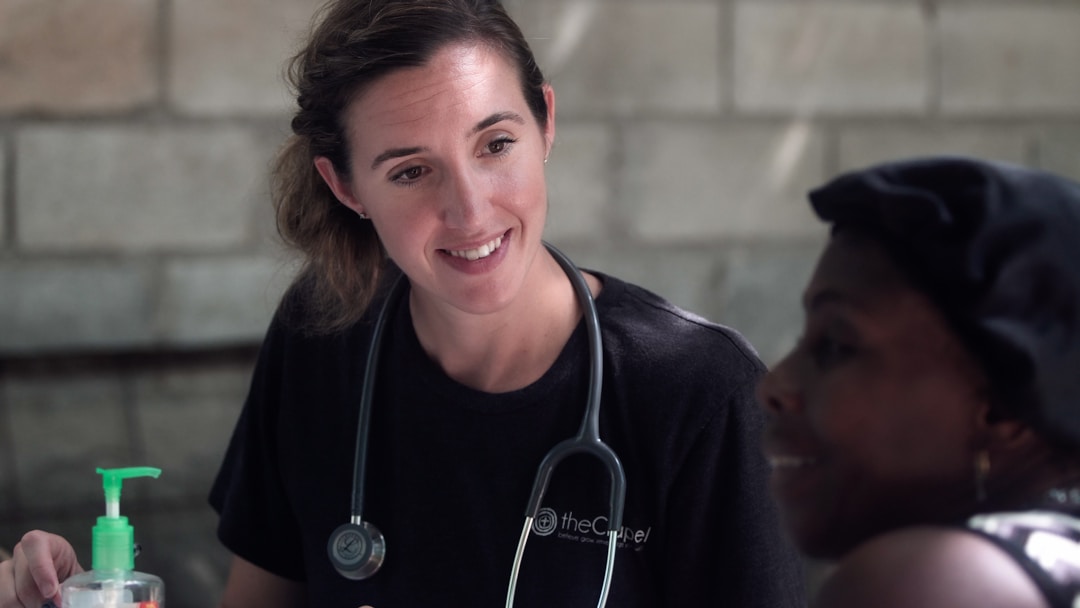The secret to elevating your healthcare facility’s performance is providing quality care that meets and exceeds patient needs and expectations. This process involves improving every aspect of patient service, from the efficiency of administrative procedures to the quality of clinical care. In this article, we’ll guide you through this journey of improvement and transformation.
Investing in Your Staff’s Training and Development

High-quality patient care begins with your staff. Regardless of their roles, every team member interacts with your patients in one way or another. Therefore, having well-trained personnel is key to ensuring all patient needs are met. To achieve this, healthcare facilities should invest in regular training sessions that equip employees with the necessary skills and knowledge. Not only does proper training reduce incidences of medical malpractice, but it also increases staff morale and satisfaction. It’s essential always to remember that happy workers result in happy patients.
Development programs morph normal workers into seasoned professionals who can handle multiple tasks efficiently. Mentorship is an excellent method of developing your staff, where new employees learn from experienced coworkers. Knowledge sharing gives newcomers a chance to acclimate to the institution’s culture faster. Additionally, continuous professional development programs ensure your staff is well-updated with current practices and technologies. For instance, implementing a program to familiarize your staff with new surgery center supplies can result in more efficient operation procedures.
There are numerous other training programs that you could consider such as conflict resolution, customer service, and empathy training. Conflict resolution can be especially helpful considering the stressful environment of healthcare facilities. Training staff on how to handle heated situations professionally and calmly can make a significant difference in patient satisfaction. Cultural competency training can also be crucial, especially in multicultural regions. It equips healthcare providers with knowledge and respect for different cultures and customs, leading to culturally responsive care provision.
Enhancing Healthcare Facilities’ Cleanliness and Safety
Creating a clean and safe environment should be a priority for every healthcare facility. Patients and employees alike should feel comfortable within your premises. Regular cleaning of surfaces using the recommended detergents and ensuring sterilization of equipment can play a pivotal role in preventing infections. It also gives a great first impression to patients and their families, boosting their confidence in your facility. Infections control is also key in preventing healthcare-associated infections. The promotion of hand hygiene, safe disposal of medical waste, and implementation of other infection control measures can never be overly emphasized.
Safety in a healthcare facility not only includes physical safety but also data protection. Technology is getting more intertwined with patient care, and the importance of data security can’t be ignored. Patients share a lot of sensitive information, and maintaining confidentiality is essential. Using secure portals and restricting access to these medical records is a great start. Regular training on the importance of data security to staff is also crucial.
Making your healthcare facility accessible to everyone is another safety measure to take into consideration. Facilities should have ramps and accessible doors for patients with physical disabilities. Signage should also be visible and understandable. Medical equipment should be safely stored to avoid accidents. The goal is to ensure every patient, regardless of their physical condition or language, feels safe and welcomed.
Improving Communication

In healthcare, clear communication is more than just exchanging words; it can be the line between life and death. Communication breakdowns can lead to medical errors, unhappy patients, and even lawsuits. Investing in effective communication can ensure your healthcare facility provides error-free, patient-centered, and high-quality care. It can also drastically improve patient engagement, which is crucial for the overall care and recovery of the patient.
Effective communication includes relaying pertinent information to patients about their condition and treatment plan. Doctors should use plain language that patients can understand, and encourage them to ask questions during consultations. The use of visual aids can also enhance understanding. Good communication also involves listening actively to patients and empathizing with their situation. Showing patients that you care can make them feel valued, increasing their satisfaction with your facility.
Communication should also be effective among healthcare providers. Regular team meetings, clear guidelines, and an open-door policy can promote a culture of communication within your healthcare facility. Efficient methods of passing handover reports and technological solutions like instant messaging and communication boards can also aid in smooth communication.
Altogether, maintaining high-quality care in your healthcare facility is a continuous process that involves regular training of staff, providing a safe environment, and improving communication. A patient-centered approach should guide all these efforts and remember that every small improvement counts.




